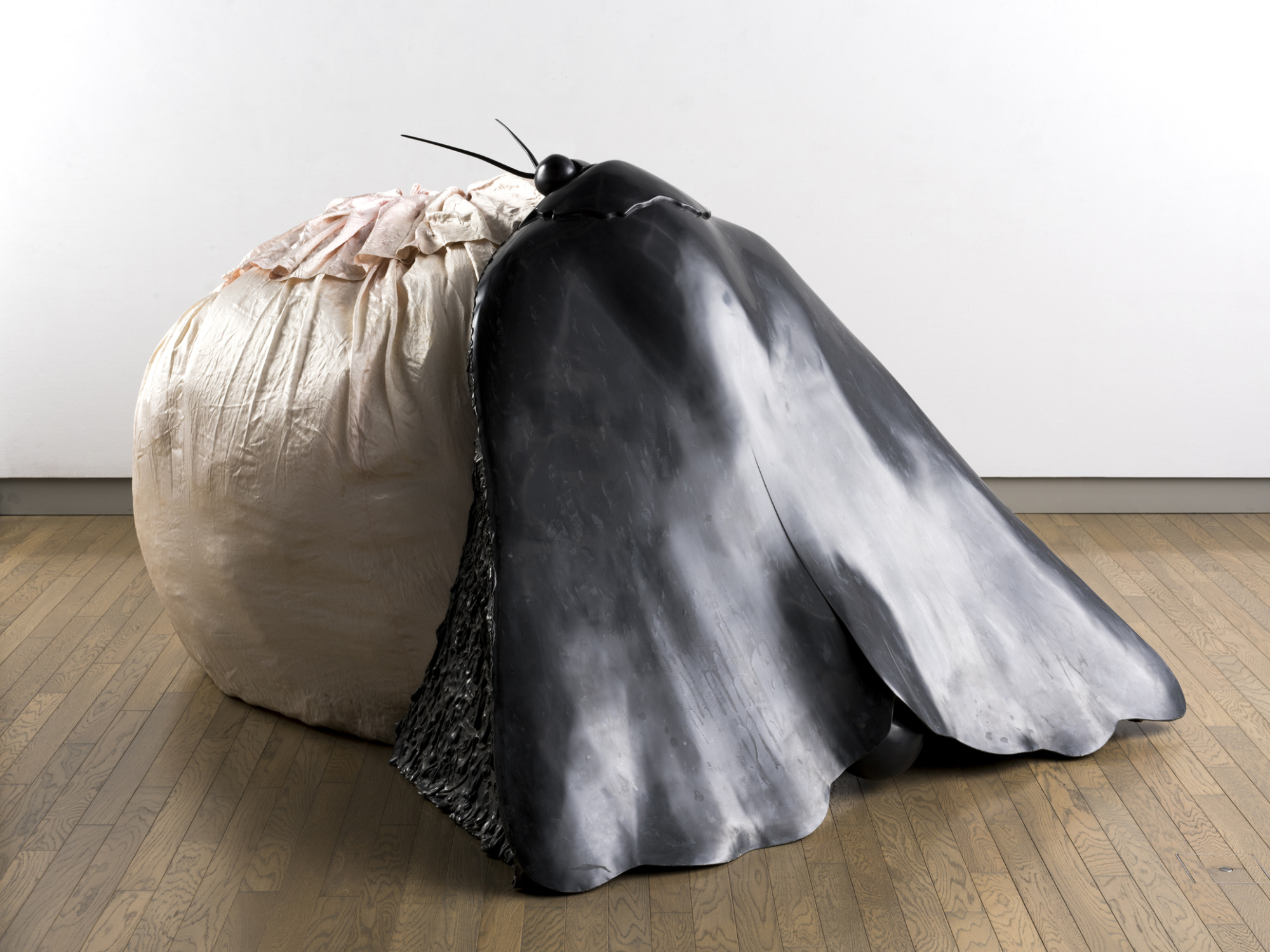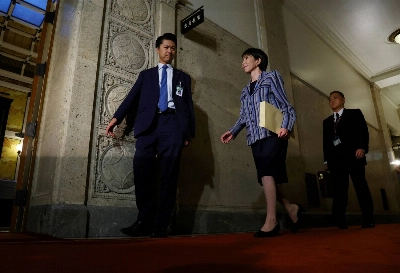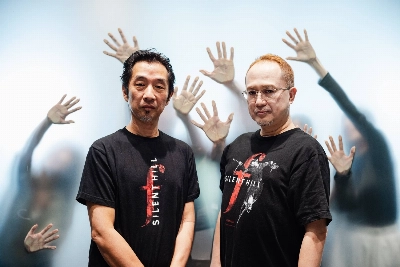The subtitle given to the retrospective of the 60-year career of Osaka-based Michio Fukuoka is oxymoronic: "A Sculptor Who No Longer Sculpts." He used to, but became frustrated and filled with doubt about creativity and so he made sculpture anyway, often about "doing nothing."
Fukuoka's early career works began underground before they rose to the surface, then became suspended above it. Interested in the biomorphic forms of Antoni Gaudi, he found inspiration in a weathered plaster cast that had been left too long on a shelf. He went to a beach and thrust his hands deep in the sand, filled the holes with plaster and then dug up the forms. The "Sand" series was critically received as primitive and grotesque.
His "Miracle Garden" pieces of the late 1950s supposedly cast doubt on what constituted sculpture. The horizontally composed and scattered parts of the works rejected the classical conventions of a pedestal and sculpture's generalized orientation to monumentality and verticality.



















With your current subscription plan you can comment on stories. However, before writing your first comment, please create a display name in the Profile section of your subscriber account page.